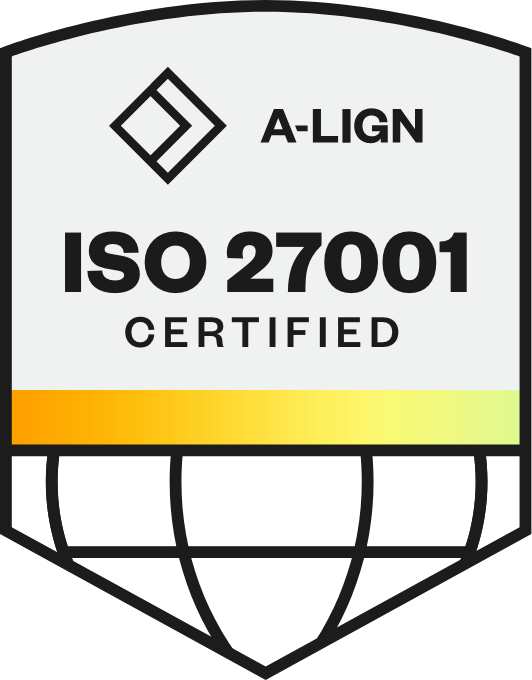
Software as a Service (SaaS) – four words that can still, at times, be intimidating to some power sector professionals. However, in 2022, this shouldn’t be the case, and to not take advantage of the speed, accessibility and automation at the industry’s fingertips is a missed opportunity against competitors who are. So, we’re setting out to highlight the top five reasons why utilities should embrace a SaaS model and all the benefits that come with it.
Firstly, what is SaaS?
SaaS is one of the three main cloud service delivery models, whereby an organization’s IT is hosted in the cloud instead of on-premise. SaaS is different from other alternative models including Infrastructure as a Service (IaaS) and Platform as a Service (PaaS), which are separated by the level of responsibility transferred from the user to the cloud service provider.
IaaS is a form of cloud computing that provides virtualized computing resources over the internet. In the IaaS model, the cloud provider manages IT infrastructure such as storage, server and networking resources, and delivers them to subscriber organizations via virtual machines accessible through the internet.
PaaS goes a step further and shifts elements like the operating system and database into the domain of the cloud service provider. However, the user would still be responsible for managing the specific software and applications.

Photo credit: Microsoft
SaaS is then the logical conclusion where the entire application or service is taken into the cloud and accessed via a web browser or API. All the user needs to do is manage access. So, what can utilities gain from embracing this type of model?
1. Affordable solutions
Without the need for time-consuming on-premise work and expensive hardware installations, SaaS solutions are more affordable out of the box. SaaS solutions benefit from economies of scale – a single SaaS code can be deployed across multiple assets, and these savings can often be reflected in the subscription costs.
2. Reduced time to implement
Most SaaS products are ‘plug-and-play’ solutions (but this does not mean that they’re not highly customizable), meaning users can access the service through a secure online portal and start using their solutions quickly. SaaS solutions are hosted in the cloud, so there’s no on-premise work and no bulky hardware servers to install.
3. Faster return on investment
Quicker implementation and integration times, lower upfront costs, and the speed at which SaaS solutions can be rolled out across several assets reduces the overall time to benefit.
4. Automatic updates
Since SaaS solutions are hosted in the cloud, providers can access their services remotely. SaaS customers benefit from the almost instantaneous rollout of new features and solutions and have the privilege of accessing the most up-to-date version of the software.
5. Better security of data
Since the solution is not hosted on-premise, the provider is typically responsible for maintaining minimum uptime and security standards outlined in Service Level Agreements. Cloud service providers and SaaS vendors specialize in security – or partner with massive players such as Amazon Web Services – and therefore should be more secure than typical in-house solutions.
What does this mean for utilities?
Instead of building complex solutions internally – or paying through the nose to have a third party build a solution – utilities can benefit from existing SaaS offerings by utilizing technology than will reduce the risk and cost associated with solutions developed or held in-house.
Sharper Shape has designed and built a robust maintenance and inspection platform – its Living Digital Twin – which allows transmission & distribution (T&D) utilities to better manage their inspection data, leading to improved powerline maintenance decision-making and ultimately reduce risk to people and asset infrastructure.
Find out more about our Living Digital Twin here or speak to one of our team today.

